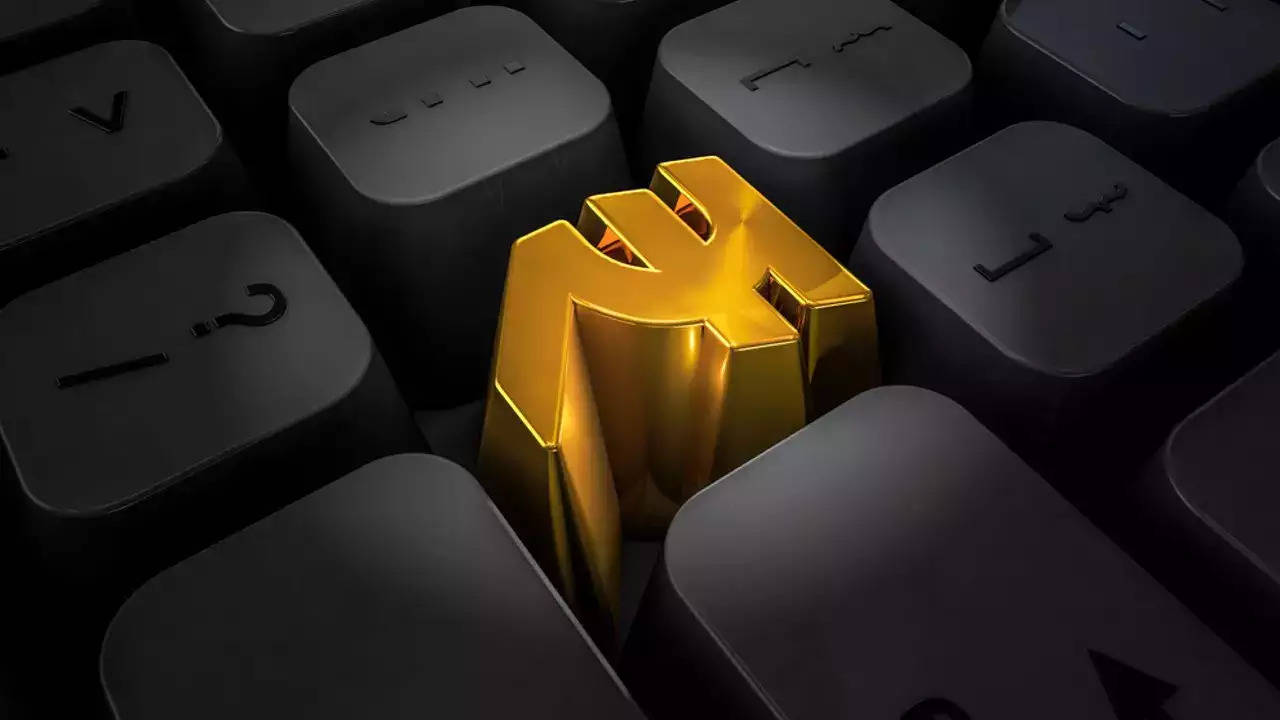Mumbai: The Reserve Bank of India will launch the first pilot for retail digital rupee in Mumbai, New Delhi, Bengaluru and Bhubaneswar on December 1, and later expand it to nine more cities in the initial phase.
What is Digital Rupee?
The e-Rupee is a type of digital token that stands for legal money, according to the RBI. The digital Rupee is issued in the same denominations as paper money and coins, unlike other cryptocurrencies.
According to the concept note, the Central Bank Digital Currency (CBDC) is the Reserve Bank of India’s official form of currency. The regulator stated that the RBI’s CBDC, also known as the Digital Rupee or e-Rupee, is interchangeable one-to-one at par with the fiat currency and is the same as a sovereign currency.
How to use Digital Rupee?
The RBI emphasised that consumers and businesses will receive electronic rupees, or e-Rupees, through middlemen like banks. Through a digital wallet provided by qualified banks and kept on mobile phones or other devices, users would be able to conduct transactions using the e-Rupee.
The introduction of the digital rupee will take place in phases, according to the central bank. The pilot will initially start with four banks in only four cities for the first phase: State Bank of India, ICICI Bank, Yes Bank, and IDFC First Bank. The pilot will now include four additional banks, including Bank of Baroda, Union Bank of India, HDFC Bank, and Kotak Mahindra Bank, according to the RBI.
The pilot would initially cover four cities, namely, Mumbai, New Delhi, Bengaluru and Bhubaneswar. It will later extend to Ahmedabad, Gangtok, Guwahati, Hyderabad, Indore, Kochi, Lucknow, Patna and Shimla.
Users will be able to transact with eRs-R through a digital wallet offered by the participating banks and stored on mobile phones/devices.
Transactions can be both person-to-person (P2P) and person-to-merchant (P2M). Payments to merchants can be made using quick response (QR) codes displayed at merchant locations, according to the statement.







